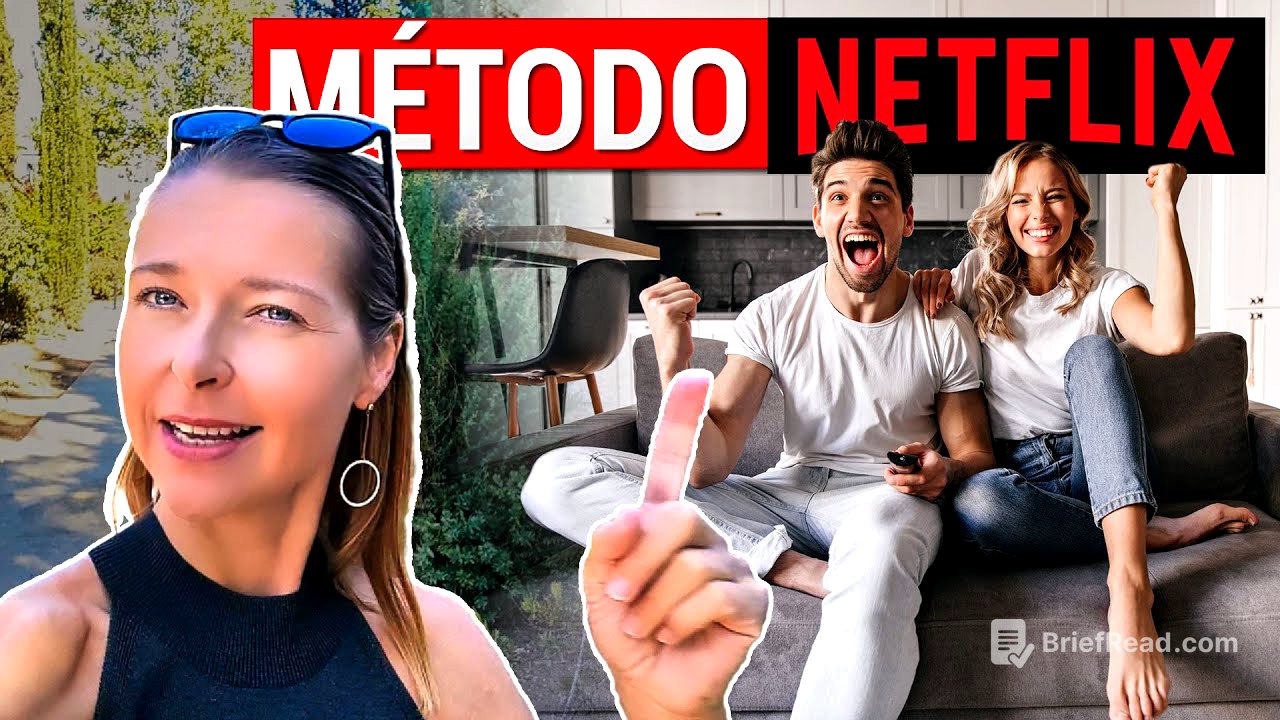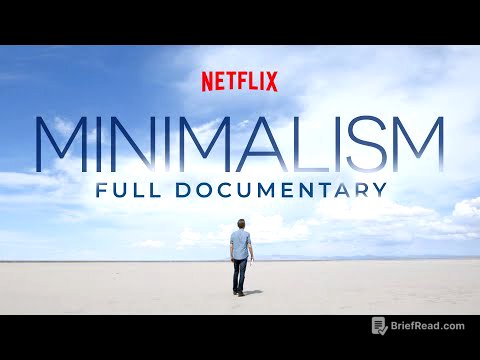TLDR;
This video provides a detailed guide on how to effectively use Netflix to learn Spanish, addressing common pitfalls and offering actionable techniques. It emphasizes moving beyond passive viewing by actively engaging with the content through repetition, note-taking, and focused study of short segments. The video outlines strategies for learners at different levels, from beginners to advanced, to maximize their learning potential while watching Spanish-language series.
- Avoid relying solely on subtitles in your native language, as it promotes passive learning.
- Engage actively by repeating dialogues, guessing meanings, and summarizing content.
- Take notes of useful vocabulary and phrases to build a "castle of vocabulary."
- Use a structured approach to watching, focusing on short segments and gradually reducing reliance on subtitles.
Subtitles: Yes or No? [0:28]
The speaker addresses the common advice of using series to learn Spanish, questioning the effectiveness of subtitles. While subtitles in one's native language might seem helpful for beginners, they ultimately hinder progress by creating a comfortable but stagnant learning environment, comparing it to using floaties in a pool. The speaker shares a student's experience who felt stuck despite watching a lot of Netflix, highlighting that active engagement is necessary for real improvement. The speaker admits to using subtitles in their native language when learning English as a teenager, acknowledging it was more for entertainment than effective learning.
Using Spanish Subtitles Effectively [2:27]
The speaker explains that watching series with Spanish subtitles is more effective than using subtitles in your native language, as it helps connect spoken words with their written form. However, it's still a passive learning method. Drawing an analogy to learning to ride a bicycle, the speaker emphasizes that removing the "training wheels" (Spanish subtitles) is essential for true progress. While Spanish subtitles are useful in the intermediate stage, learners must eventually transition to understanding only by ear. To avoid passivity, the speaker suggests actively repeating dialogues, guessing word meanings, and summarizing episodes.
The Power of Note-Taking [5:02]
The speaker advocates for taking notes while watching series, despite it seeming tedious. Note-taking transforms passive viewing into active learning, allowing you to "take home" and study new words. Instead of trying to record every new word, focus on those that seem most useful and relevant to your own conversations. The speaker uses the metaphor of building a vocabulary castle, where you carefully select the most important "bricks" (words) to construct a solid foundation.
The 5-Minute Technique [6:57]
The speaker introduces a more intensive technique involving breaking down series into 5-minute segments for focused study. For beginners, the method involves watching the segment with native language subtitles, then with Spanish subtitles (taking notes), and finally without subtitles. Intermediate learners skip the first step and directly watch with Spanish subtitles and then without. Advanced learners start by watching the segment without subtitles, then review with Spanish subtitles to fill in the gaps, and conclude by watching again without subtitles to reinforce understanding.
Unlock Fluency with Español Automático [9:23]
The speaker promotes their course, "Piensa y Habla en Español," as a way to achieve fluency faster than passively watching Netflix. The course offers practical exercises and real-life examples to prepare learners for actual conversations. The first five classes are offered for free.









